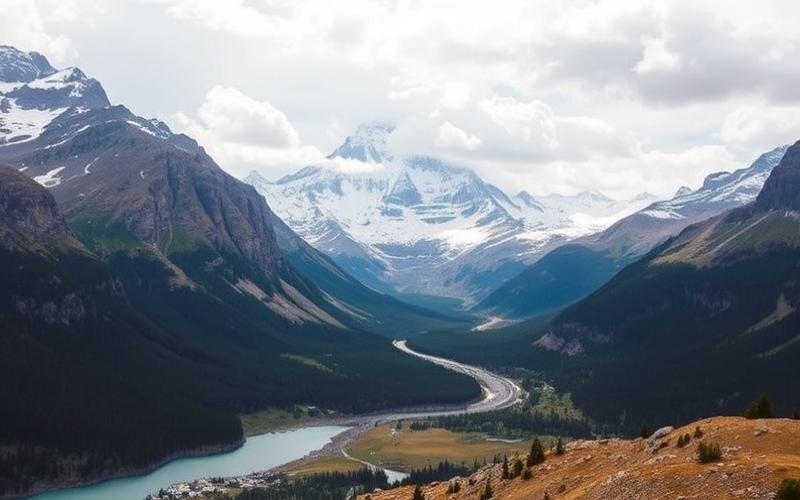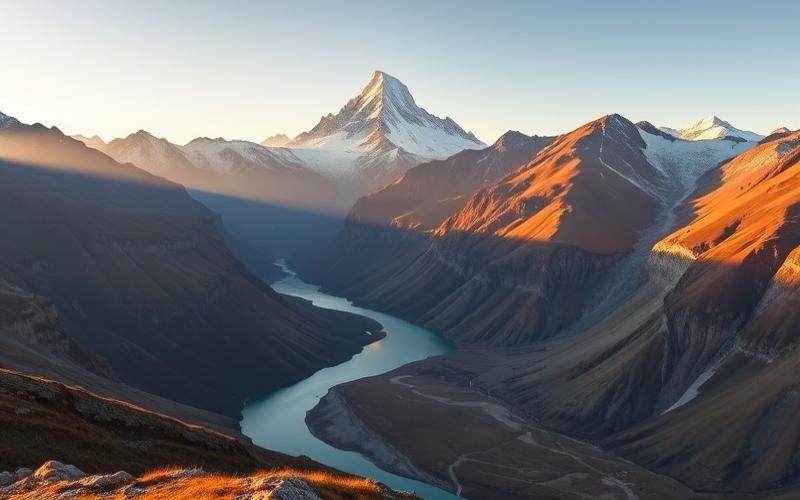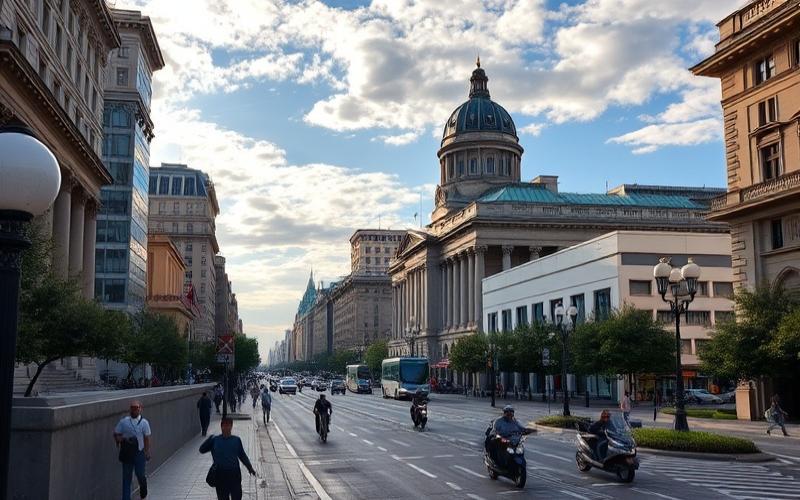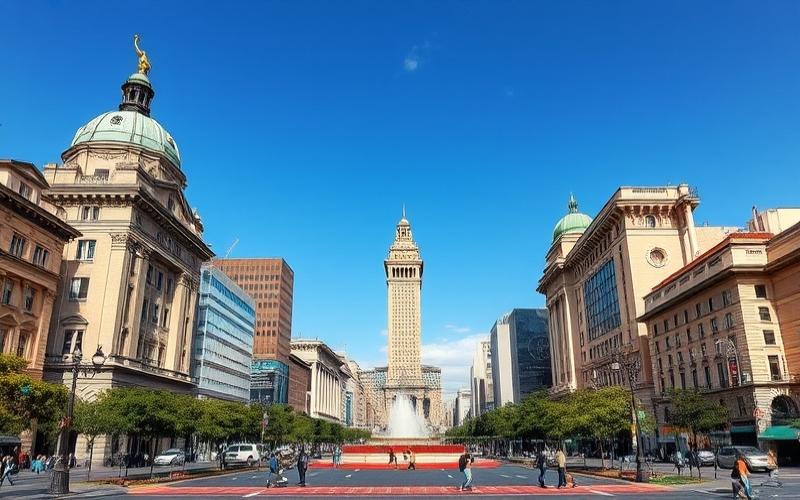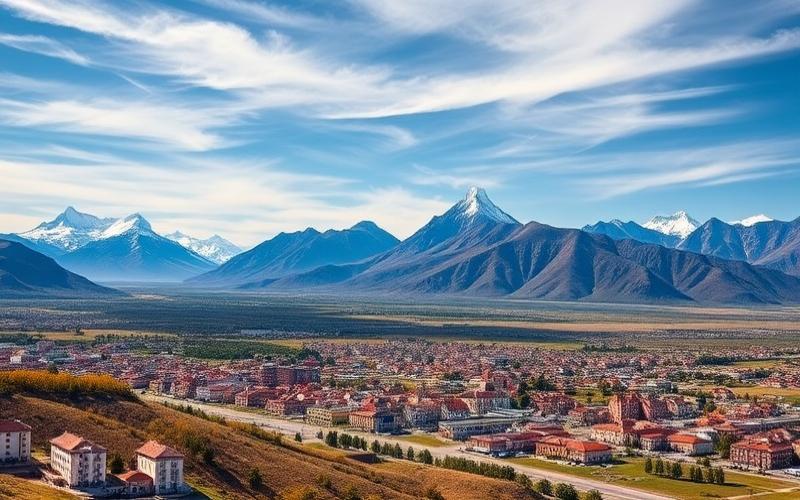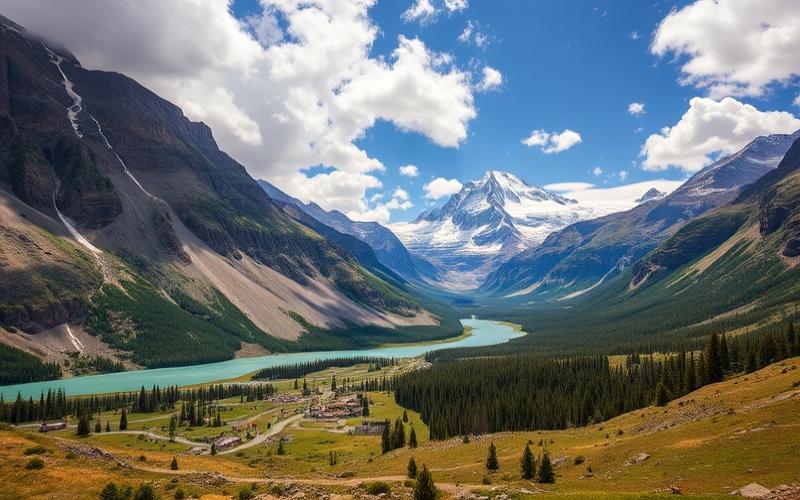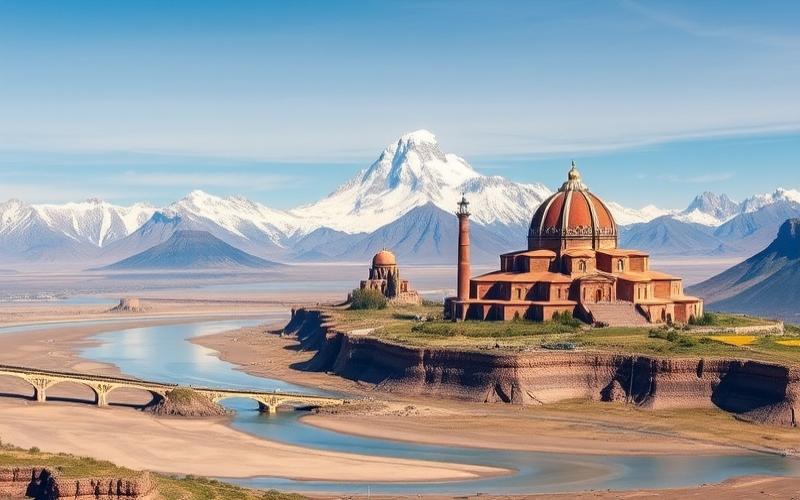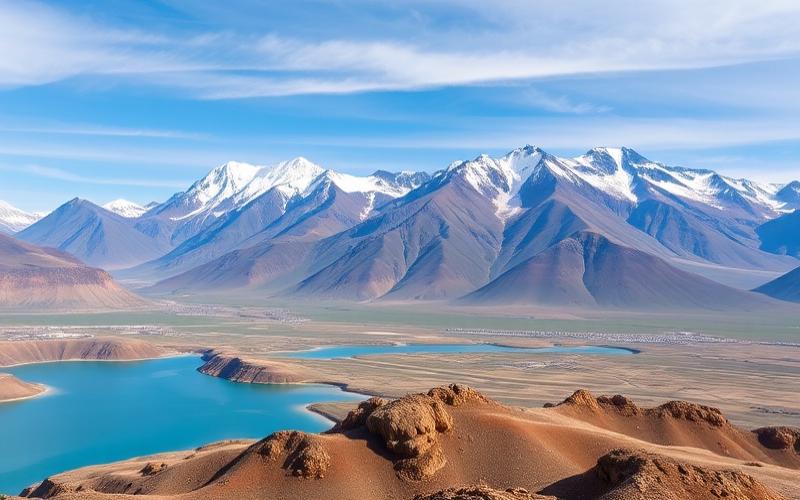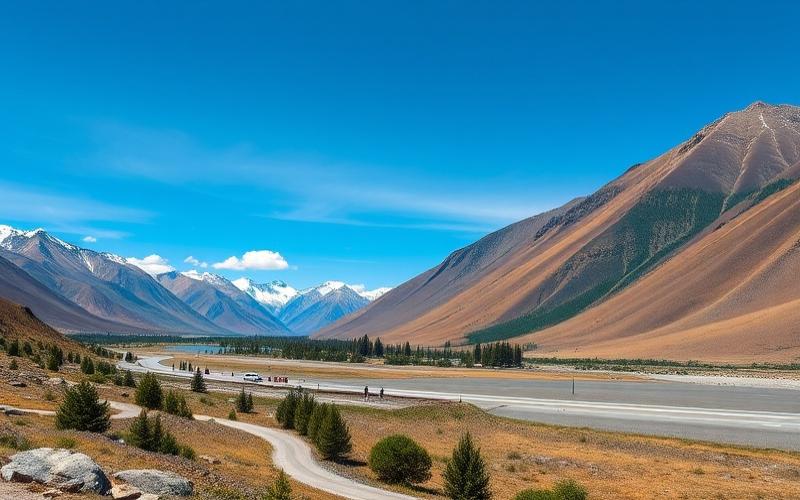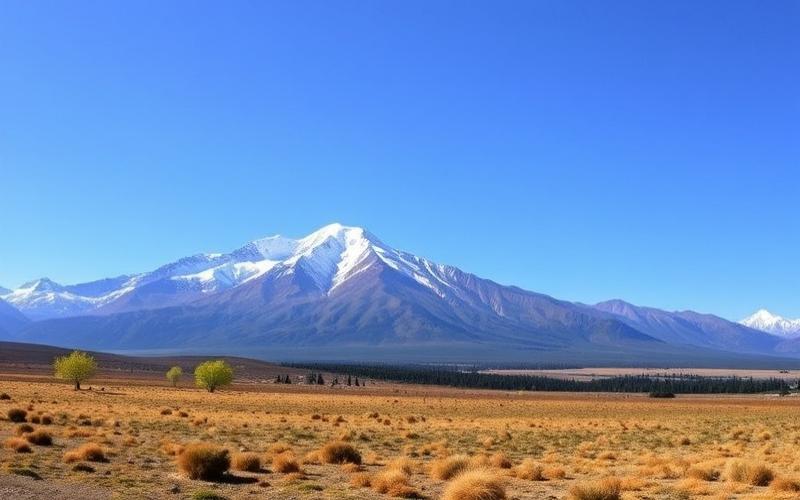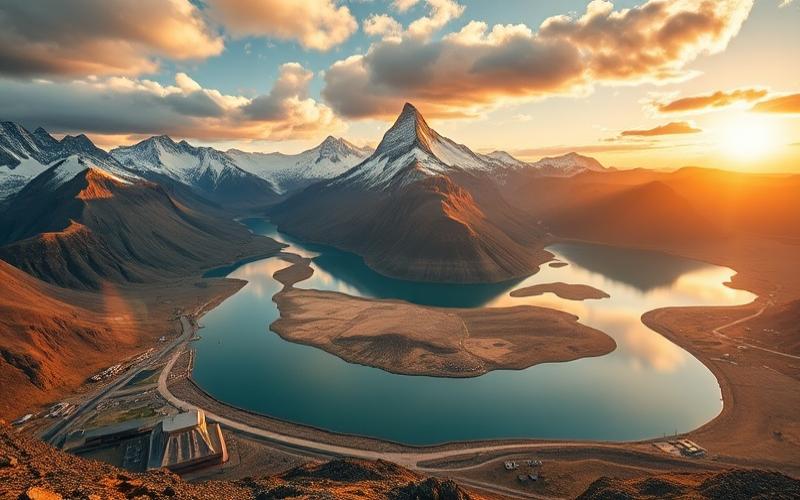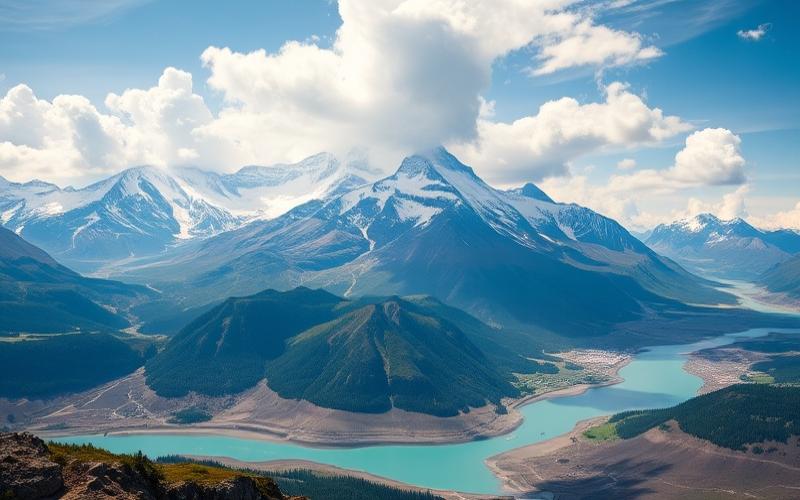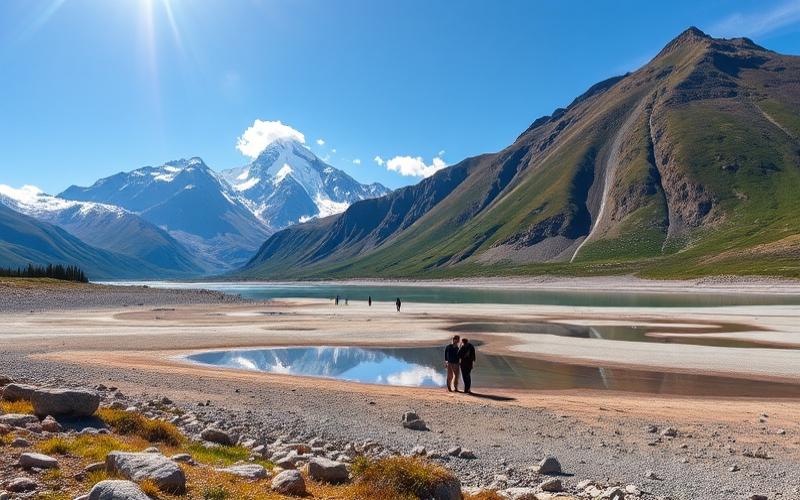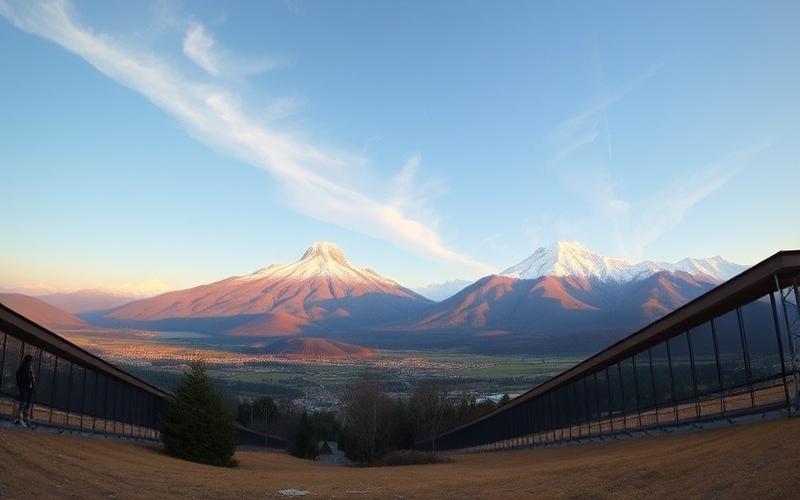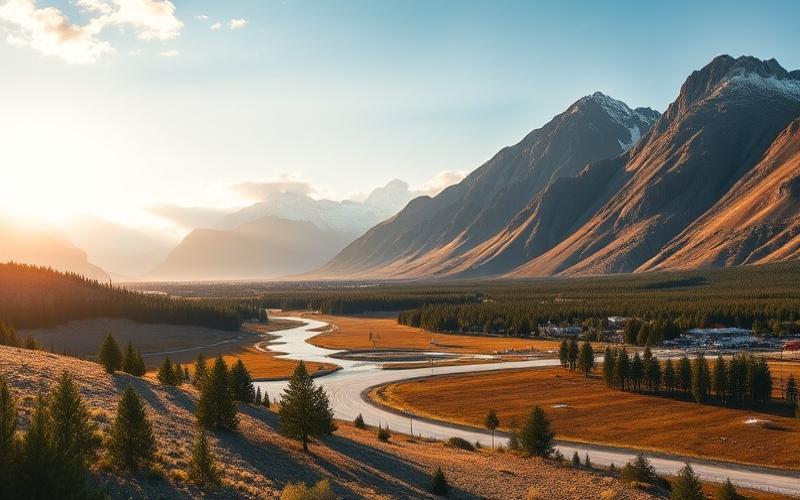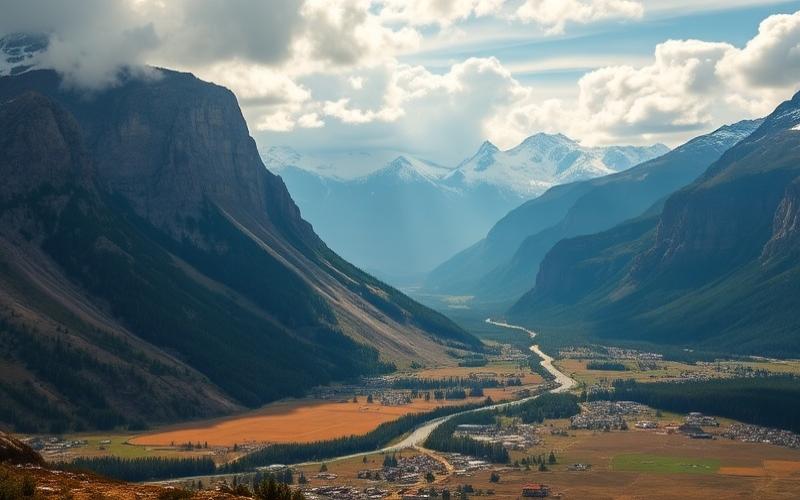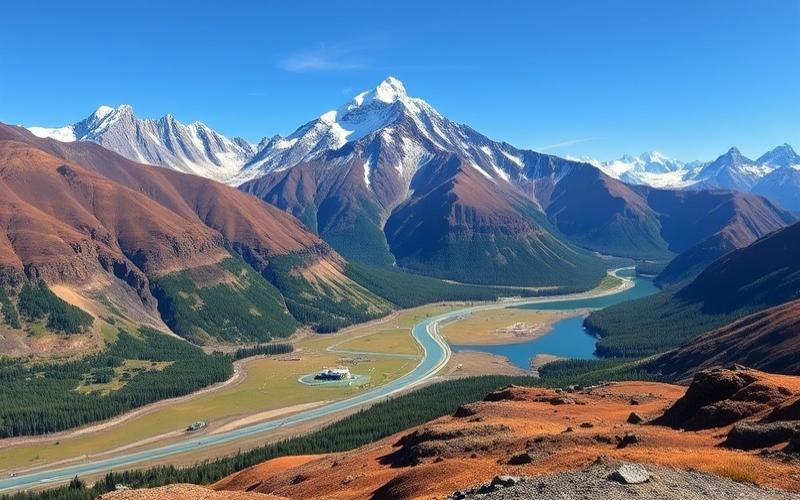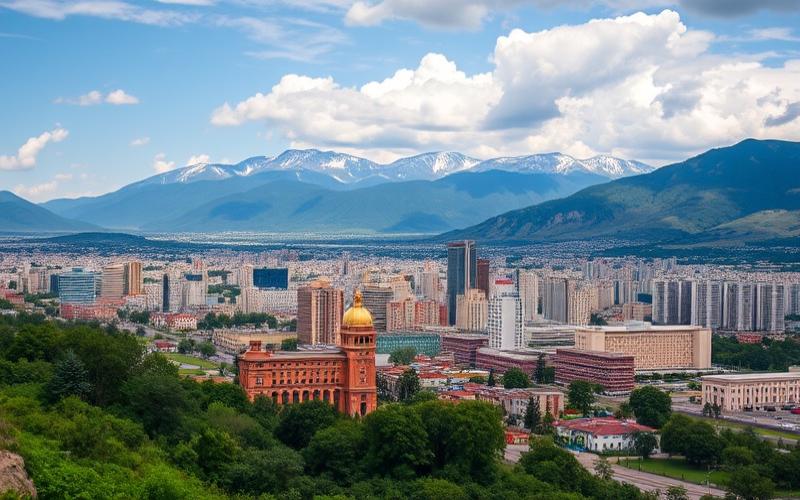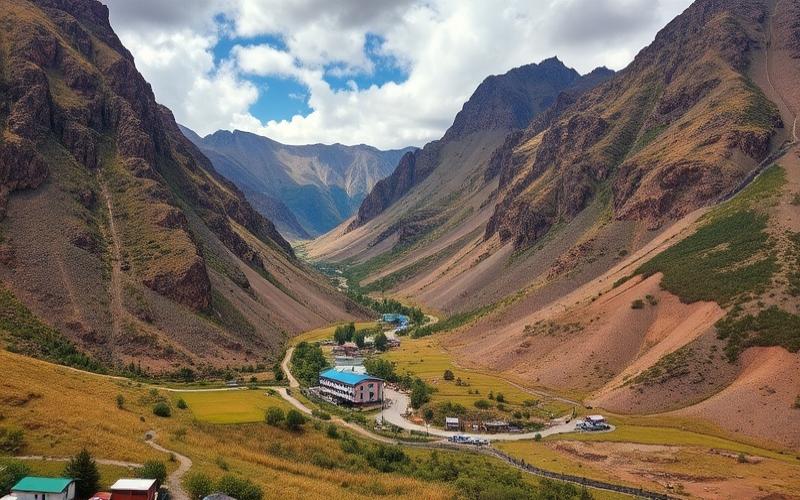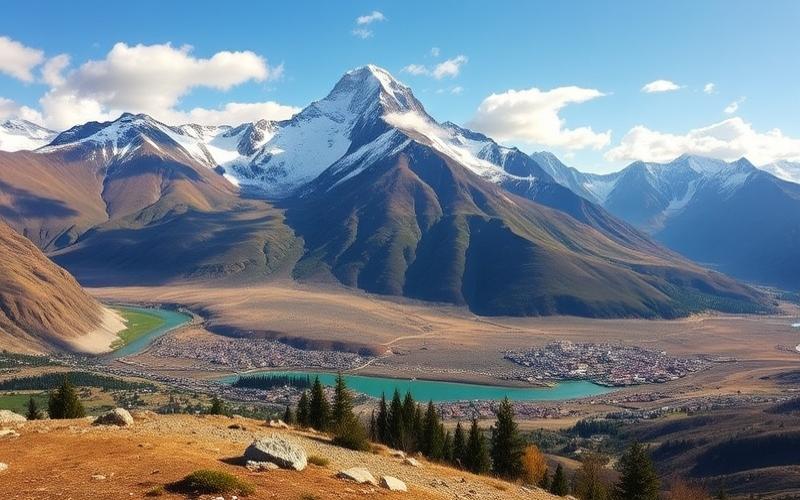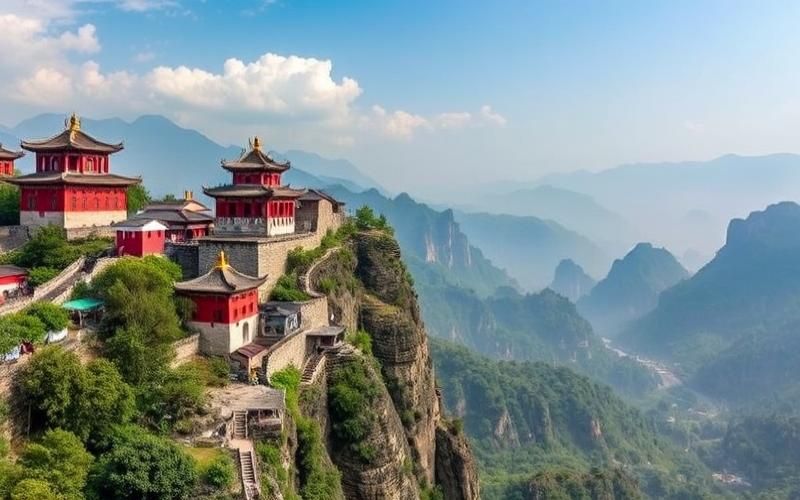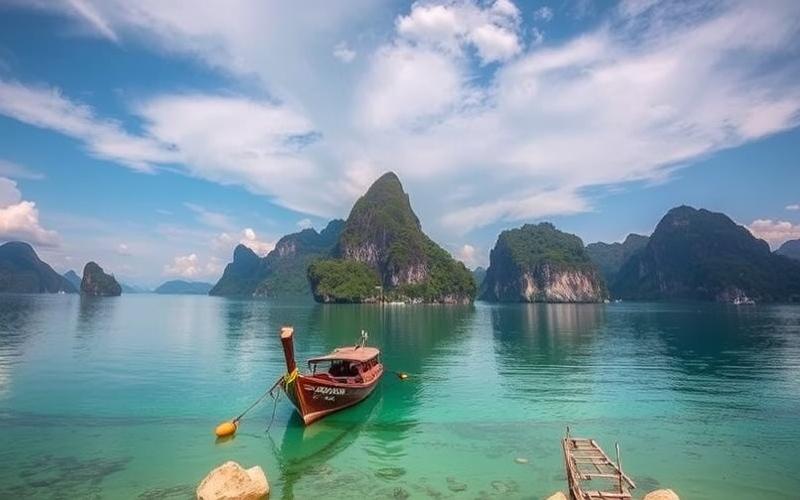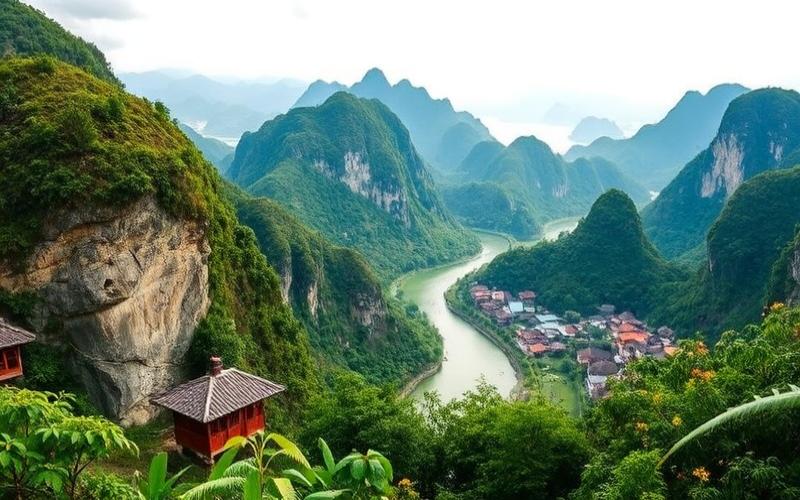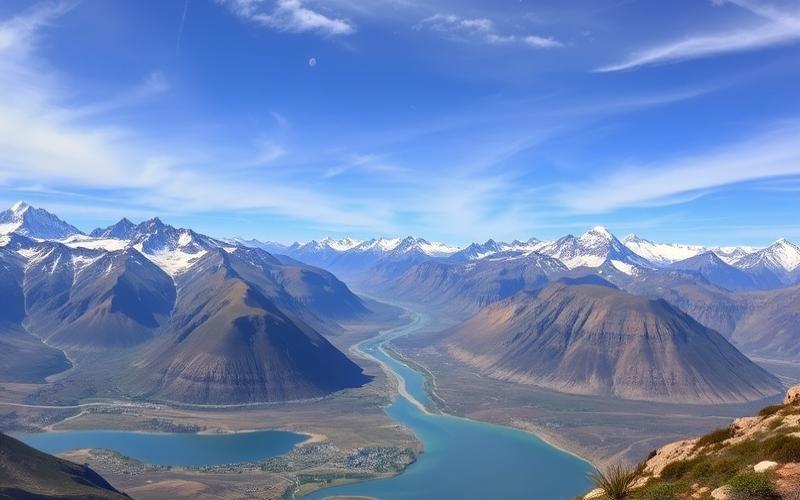
 Published on and written by Cyril Jarnias
Published on and written by Cyril Jarnias
Argentina, with its vast geographical expanse, offers impressive climate diversity that can surprise newly arrived expatriates. From the tropical heat of the north to the icy winds of Patagonia, through the temperate climate of Buenos Aires, adapting to the local climate is a crucial challenge for successful expatriation. This article will guide you through the subtleties of Argentina’s climate and provide practical tips for smooth acclimatization.
Understanding Argentina’s Climate Diversity
Argentina spans over 3,700 km from north to south, which explains the wide variety of climates found there. Before packing your bags, it’s essential to understand the specific climate of your settlement region.
Major Climate Regions
- Northeast (Misiones, Corrientes): humid subtropical climate with hot, humid summers and mild winters
- Northwest (Salta, Jujuy): dry, arid climate with strong temperature variations
- Central (Buenos Aires, Córdoba): temperate climate with four distinct seasons
- Cuyo (Mendoza, San Juan): arid climate with hot summers and cold winters
- Patagonia: cold and windy climate, with harsh winters
Seasonal Particularities
Unlike the northern hemisphere, seasons in Argentina are reversed. Summer extends from December to March, while winter lasts from June to September. This seasonal reversal can be disorienting for European or North American expatriates, particularly in terms of organizing vacations and seasonal activities.
Good to know:
Temperatures can vary significantly between day and night, particularly in arid regions. Always plan for adaptable clothing to handle these temperature fluctuations.
Climate Implications for Health and Well-being
Argentina’s climate can have significant repercussions on expatriates’ health and well-being. It’s crucial to be aware of potential risks and take necessary precautions.
Health Risks Related to Climate
In the tropical regions of the north, heat and humidity favor the proliferation of mosquitoes carrying diseases like dengue or zika. Prevention involves using repellents and protecting homes.
In arid zones, drought and winds can cause eye and respiratory irritations. Regular hydration and sunglasses are recommended.
In Patagonia, intense cold and strong winds can cause frostbite and hypothermia. Appropriate clothing and increased vigilance are necessary.
Acclimatization and Psychological Well-being
Adapting to the local climate can also impact mood and psychological well-being. Lack of light during the austral winter can lead to seasonal depression episodes, particularly among expatriates coming from sunnier regions.
To promote good acclimatization:
- Maintain regular physical activity, adapted to climate conditions
- Adopt a regular sleep schedule, accounting for light variations
- Socialize and participate in local activities to combat potential isolation related to weather conditions
Good to know:
Light therapy can be an effective solution for combating seasonal depression during winter months. Consult a healthcare professional for personalized advice.
Preventive and Adaptive Strategies for Extreme Climates
Facing Argentina’s sometimes extreme climate conditions, it’s crucial to adopt effective preventive and adaptive strategies.
In Hot and Humid Regions
To cope with intense heat and humidity in northern Argentina:
- Prefer light, loose-fitting, light-colored clothing
- Hydrate abundantly and regularly
- Avoid intense physical activities during the hottest hours
- Use fans or air conditioning, but beware of thermal shocks
In Arid Zones
To adapt to the dry climate of regions like Mendoza or San Juan:
- Protect your skin with moisturizing creams
- Use an air humidifier in your home
- Drink plenty of water, even if you don’t feel thirsty
- Protect yourself from the sun with hats and sunglasses
In Patagonia and Cold Regions
To face Patagonian cold and winds:
- Adopt the layering technique for better insulation
- Especially protect extremities (hands, feet, ears) from the cold
- Consume high-calorie foods to maintain body temperature
- Stay active to generate heat, but avoid excessive sweating
Good to know:
Sudden temperature changes are frequent in Argentina. Always keep warm clothing handy, even during summer months.
Equipment and Home Arrangement
Adapting to Argentina’s climate also involves adequate equipment and judicious home arrangement.
Essential Equipment
Depending on your settlement region, certain equipment will be indispensable:
- Reversible air conditioning for regions with strong temperature variations
- Dehumidifier for humid northern zones
- Efficient heating for cold southern regions
- Ceiling fans to promote air circulation
- Window screens in tropical regions
Interior Arrangement
Adapt your interior to local climate conditions:
- Choose thick curtains or shutters to protect from heat
- Select insulating materials for walls and windows
- Prefer cool floors (tile, stone) in hot regions
- Install rugs in cold regions for better thermal comfort
Gardening and Outdoor Spaces
If you have outdoor space, adapt it to the local climate:
- Choose drought-resistant plants in arid regions
- Create shaded areas for hot regions
- Install a drip irrigation system to save water
- Protect your plants from frost in cold regions
Good to know:
Ask locals or nursery professionals about plant species best adapted to your region. This will allow you to have a flourishing garden while respecting the local ecosystem.
Conclusion: A Progressive and Positive Adaptation
Adapting to Argentina’s climate requires time and patience. Each region presents its own climate challenges, but also its own charms. By following these tips and staying attuned to your body and environment, you’ll not only be able to acclimatize but also fully appreciate Argentina’s climate richness.
Remember that climate adaptation is an integral part of the expatriation experience. It’s an opportunity to discover new ways of living, new traditions related to seasons, and to develop greater environmental awareness.
Finally, don’t hesitate to exchange with other expatriates and the local population. Their experiences and advice will be valuable in helping you best adapt to Argentina’s climate.
Disclaimer: The information provided on this website is for informational purposes only and does not constitute financial, legal, or professional advice. We encourage you to consult qualified experts before making any investment, real estate, or expatriation decisions. Although we strive to maintain up-to-date and accurate information, we do not guarantee the completeness, accuracy, or timeliness of the proposed content. As investment and expatriation involve risks, we disclaim any liability for potential losses or damages arising from the use of this site. Your use of this site confirms your acceptance of these terms and your understanding of the associated risks.

